Trucks are essential for transporting goods, conquering tough terrains, and offering rugged utility. However, not all trucks are created equal. Some models have left drivers scratching their heads, wondering what went wrong during the design and engineering process. Here are nine trucks that might have been better left on the drawing board.
The Over-Engineered Behemoth
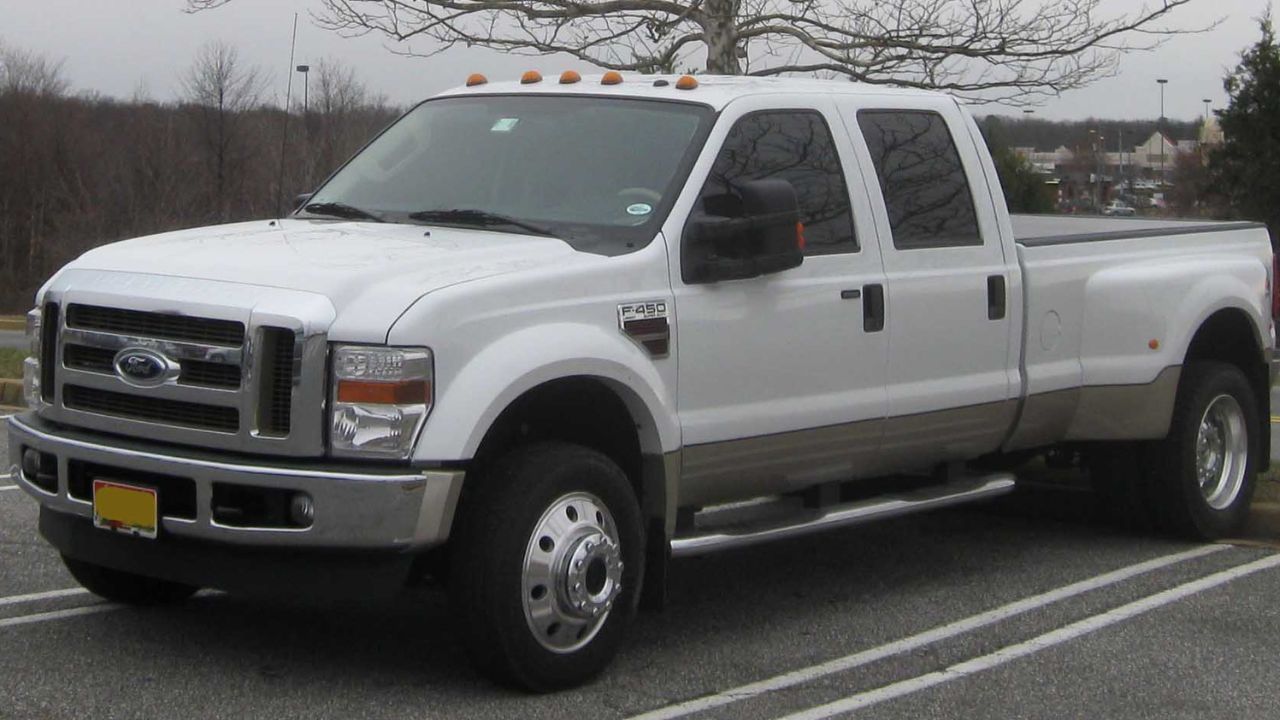
Sometimes automakers try to do too much, resulting in trucks that are more complicated than beneficial. The Ford Super Duty F-450 from the mid-2000s is a prime example. Packed with features that many users found unnecessary, it required a steep learning curve just to operate the essentials. The complexity of its systems often led to frequent maintenance issues, frustrating owners who needed their trucks to be reliable workhorses.
This over-engineering also made repairs a cumbersome and costly ordeal. The truck’s advanced features, while impressive on paper, didn’t necessarily translate to real-world utility, often leaving drivers wishing for a simpler, more intuitive design.
The Fuel-Guzzling Giant
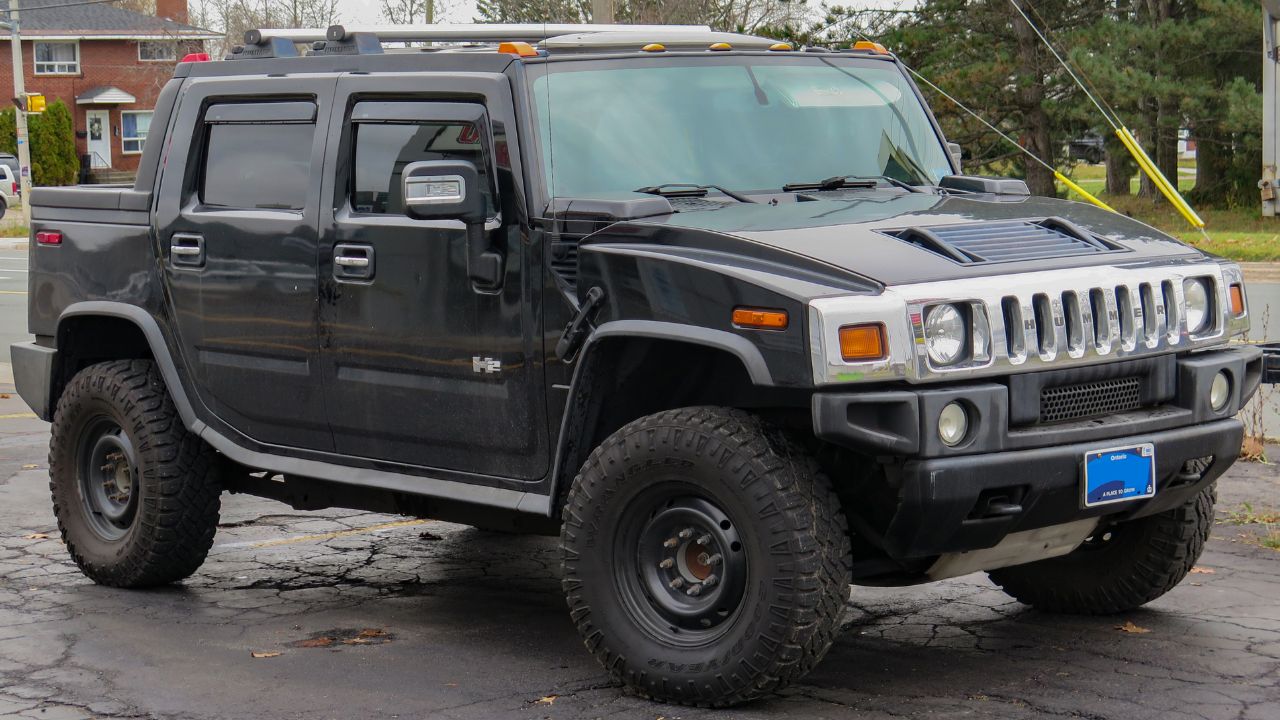
With gas prices fluctuating, fuel efficiency is a crucial factor for many truck owners. Unfortunately, the Hummer H2 SUT defied this logic, guzzling fuel at an alarming rate. With its massive size and weight, the H2 struggled to achieve even the most modest fuel economy, often getting less than 10 miles per gallon.
While its rugged look attracted a niche market, the high cost of ownership due to fuel expenses made it impractical for the average consumer. The environmental impact of such poor fuel efficiency also contributed to its downfall, as more eco-conscious buyers looked elsewhere.
The Compact Catastrophe
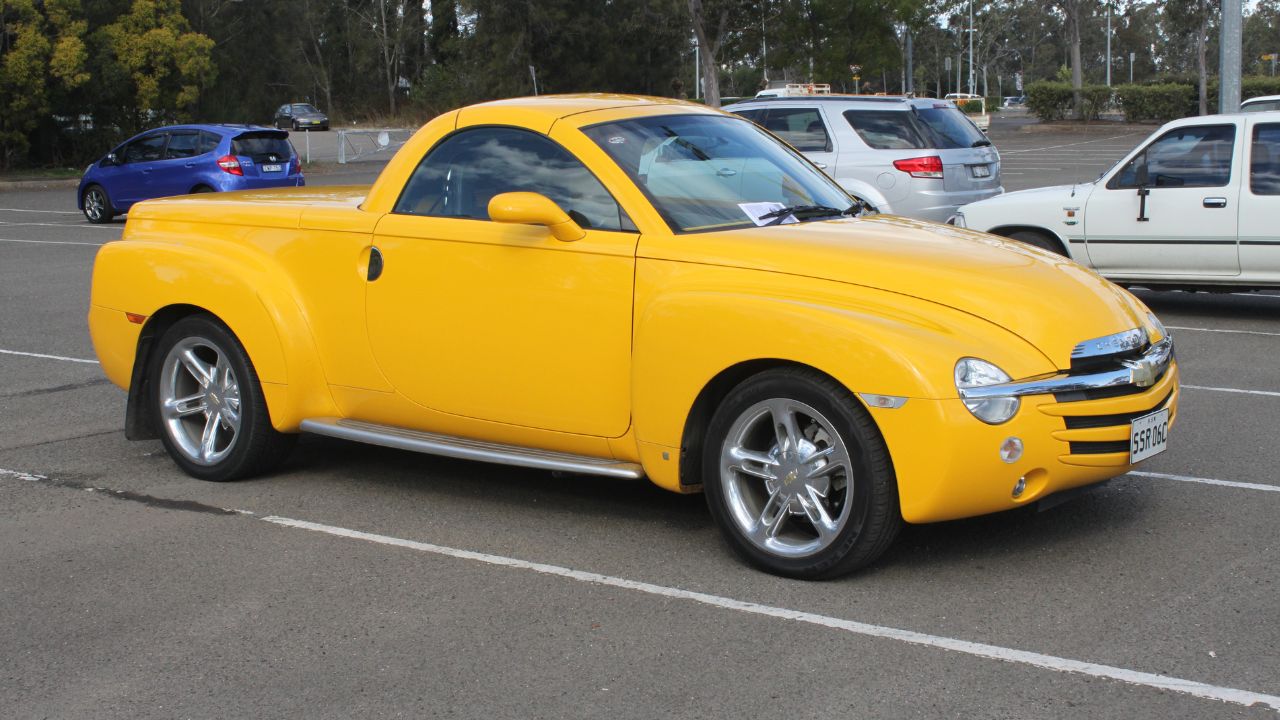
Not every compact truck hits the mark, as evidenced by the Chevrolet SSR. Released in the early 2000s, this retro-styled convertible pickup aimed to blend sports car aesthetics with truck functionality. Unfortunately, it did neither particularly well. The limited cargo space and awkward design made it impractical for traditional truck users.
The SSR’s performance was also underwhelming, with a hefty price tag that didn’t match its capabilities. Its unique design did draw some attention, but it failed to capture a lasting market, leading to its eventual discontinuation.
The Style-Over-Substance Pickup
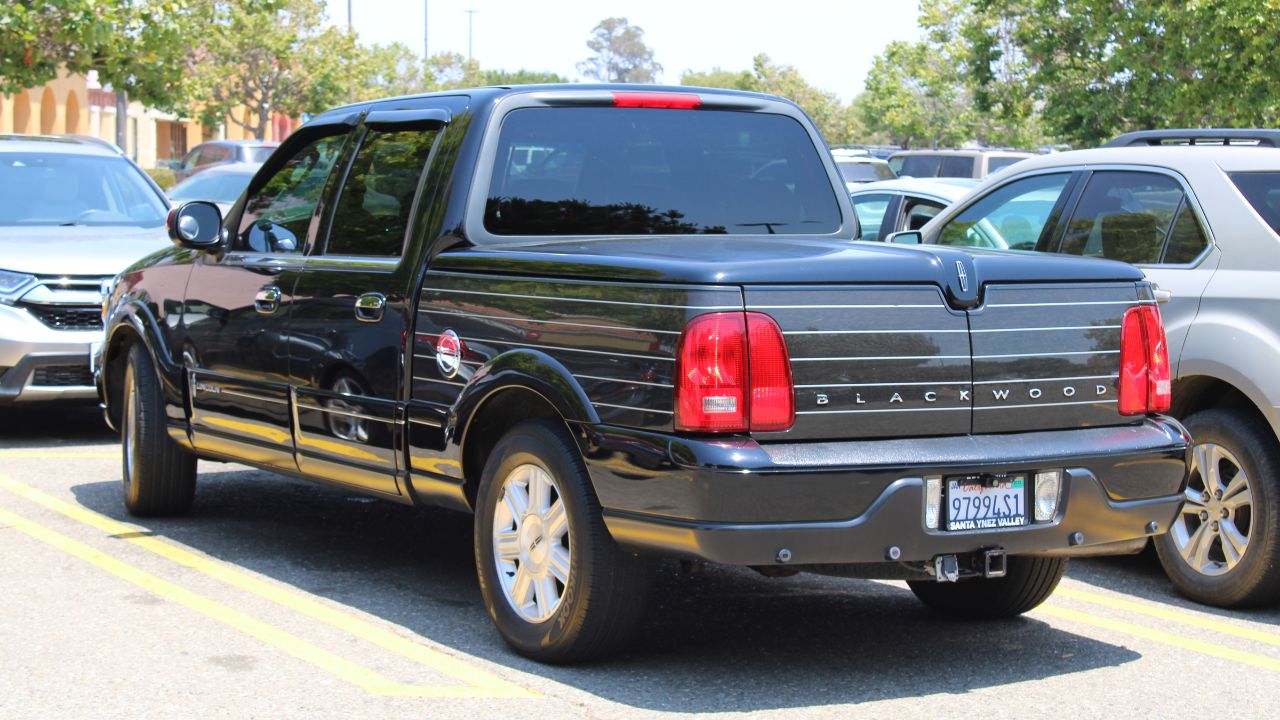
The Lincoln Blackwood, launched in 2002, tried to merge luxury with utility but missed the mark significantly. It prioritized style over practicality, offering a plush interior and slick exterior at the expense of cargo space and towing capacity. The non-functional tonneau cover and lack of a four-wheel-drive option further limited its appeal.
This truck was more suited for show than actual hauling, making it unattractive to those who needed a dependable work vehicle. Its brief production run reflected its inability to meet the demands of typical truck buyers.
The Underpowered Off-Roader
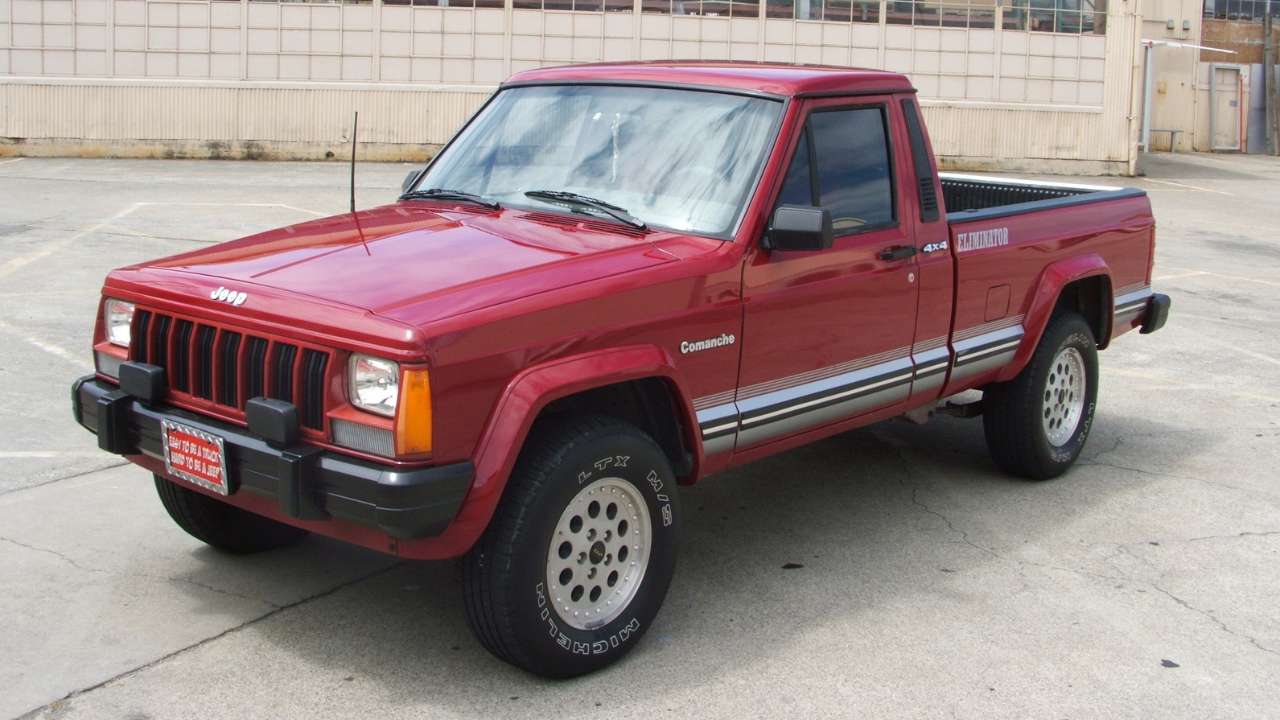
The Jeep Comanche from the late ’80s and early ’90s is a truck that struggled to deliver the off-road prowess expected from the Jeep brand. While its appearance promised rugged capability, the reality was an underpowered engine that couldn’t keep up with its peers in challenging terrains.
With limited engine options that failed to provide the necessary torque for serious off-roading, it left adventurers seeking more capable alternatives. Although it had a loyal fan base, the Comanche’s lack of power ultimately led to its demise.
The Misfit Hybrid
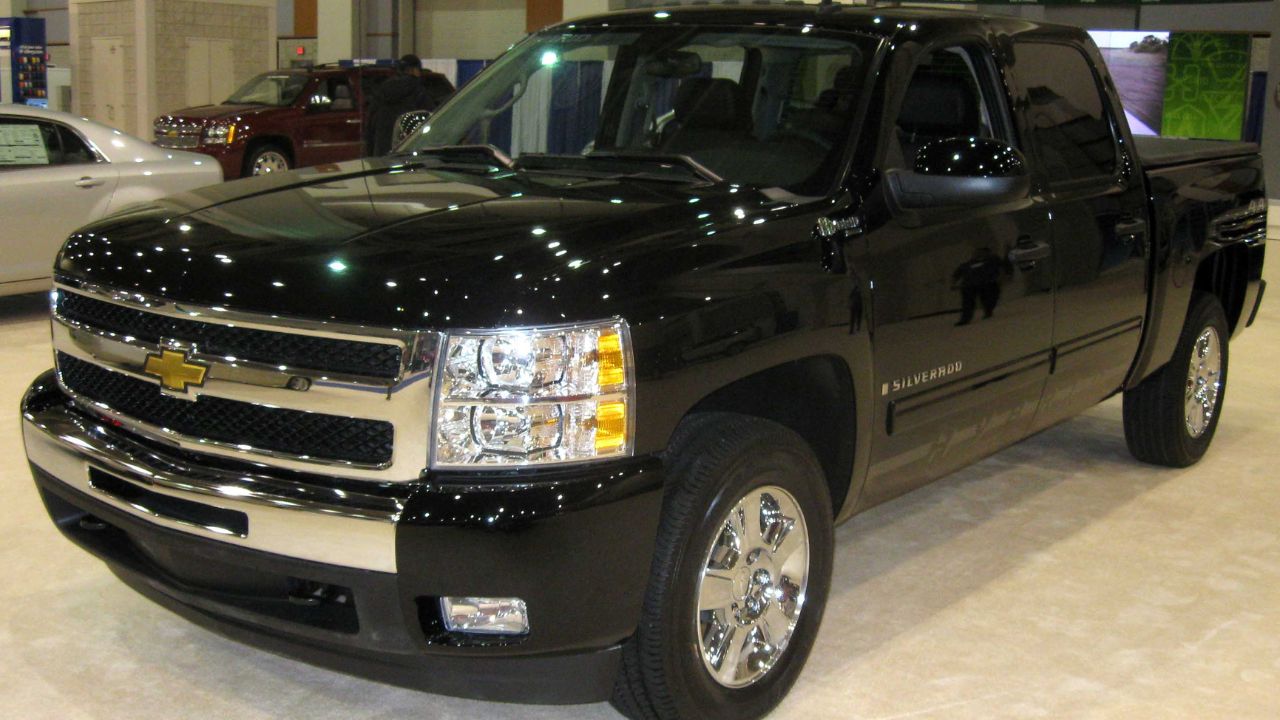
When the Chevrolet Silverado Hybrid hit the market in the late 2000s, it aimed to combine the utility of a truck with the fuel efficiency of a hybrid. Unfortunately, it delivered on neither front. The hybrid system added complexity without significant gains in fuel economy, leaving owners questioning the value of their investment.
The hybrid technology also compromised towing capacity, which is a key selling point for truck buyers. This misalignment with consumer needs resulted in the hybrid version being overshadowed by its conventional counterparts.
The Tech-Overloaded Titan
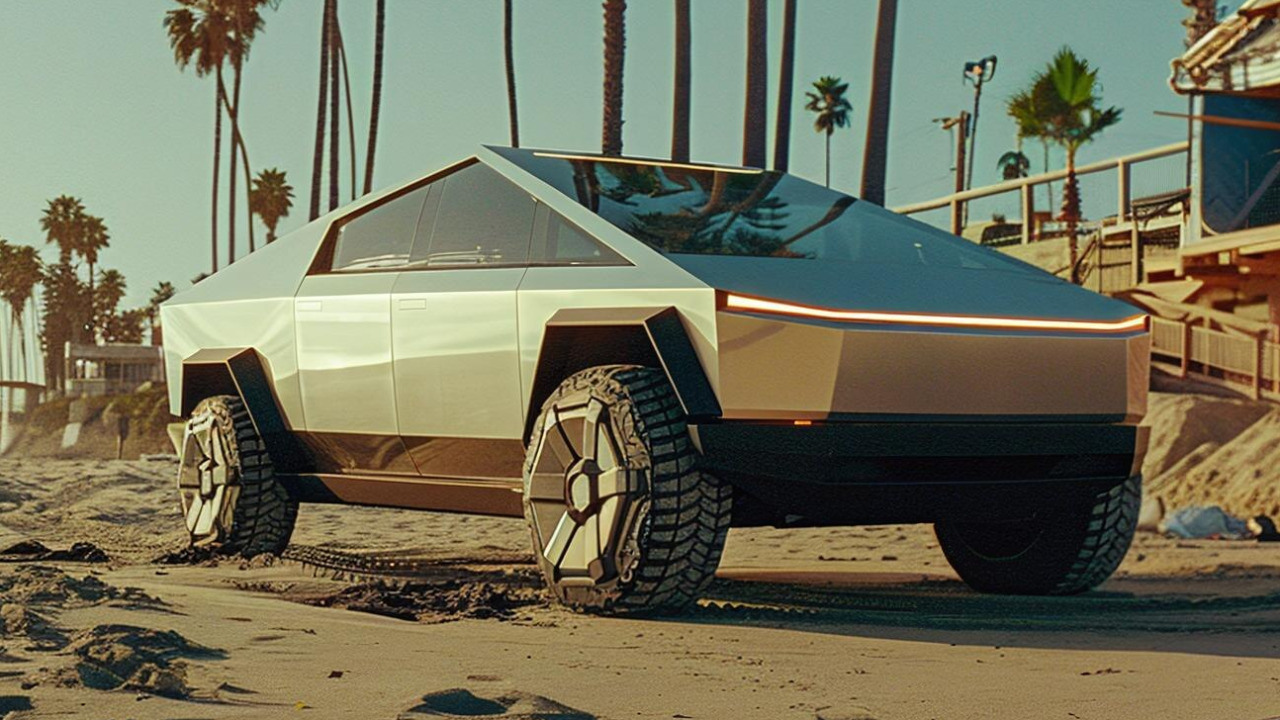
The Tesla Cybertruck, with its futuristic design and ambitious technology suite, has been a hot topic since its unveiling. However, its radical approach might not suit everyone. The reliance on tech-heavy features and unconventional design choices could alienate traditional truck enthusiasts who value functionality over form.
While the Cybertruck promises innovation, its practicality in real-world usage remains to be proven. Concerns about its durability, repairability, and overall utility could keep it from becoming the go-to choice for those in need of a dependable, no-frills work truck.
The Unstable Load Carrier
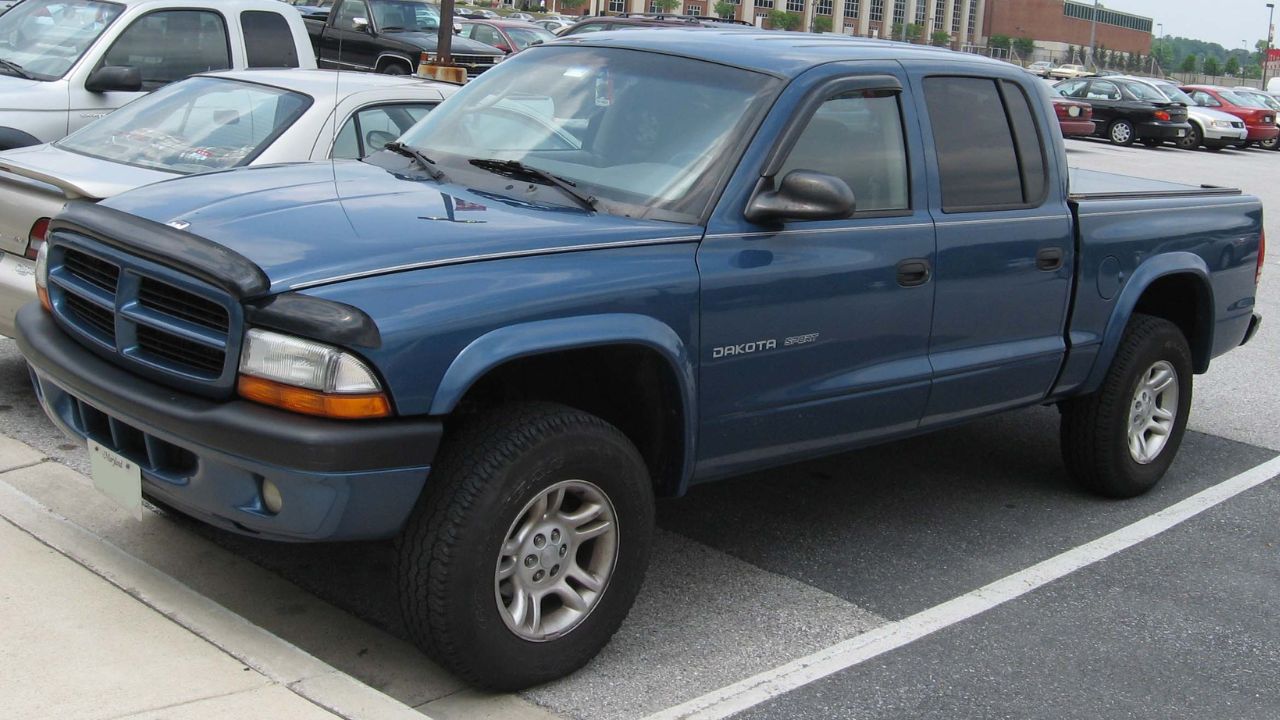
The Dodge Dakota Quad Cab, released around the turn of the millennium, suffered from issues with load stability. Its design, while offering more passenger space, compromised the truck’s ability to handle heavy payloads effectively. This often resulted in a less stable ride, especially when fully loaded.
Owners found themselves needing to adjust driving habits to compensate for the instability, a hassle not typically associated with a reliable truck. This inherent flaw limited its appeal to those needing a robust and secure load carrier.
The Rust-Prone Relic
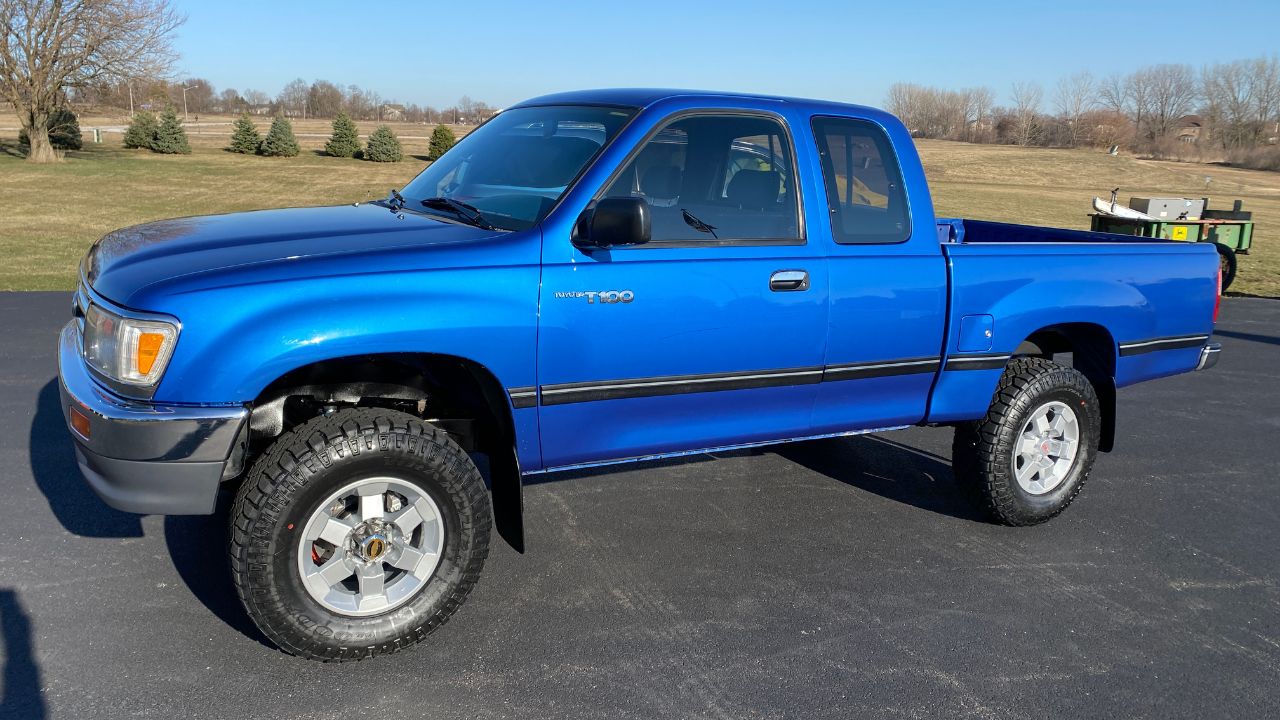
The Toyota T100, produced in the early ’90s, was a truck that fell victim to significant rust issues. While its performance and reliability were on par with expectations, the vehicle’s susceptibility to rusting severely impacted its longevity. The truck often required extensive bodywork to maintain its appearance and functionality.
This rust problem tarnished the T100’s reputation, as owners faced costly repairs and reduced resale value. Despite having potential in other areas, the rust issues overshadowed the truck’s capabilities, ultimately leading to its discontinuation.
Like Fast Lane Only’s content? Be sure to follow us.
Here’s more from us:
*Created with AI assistance and editor review.

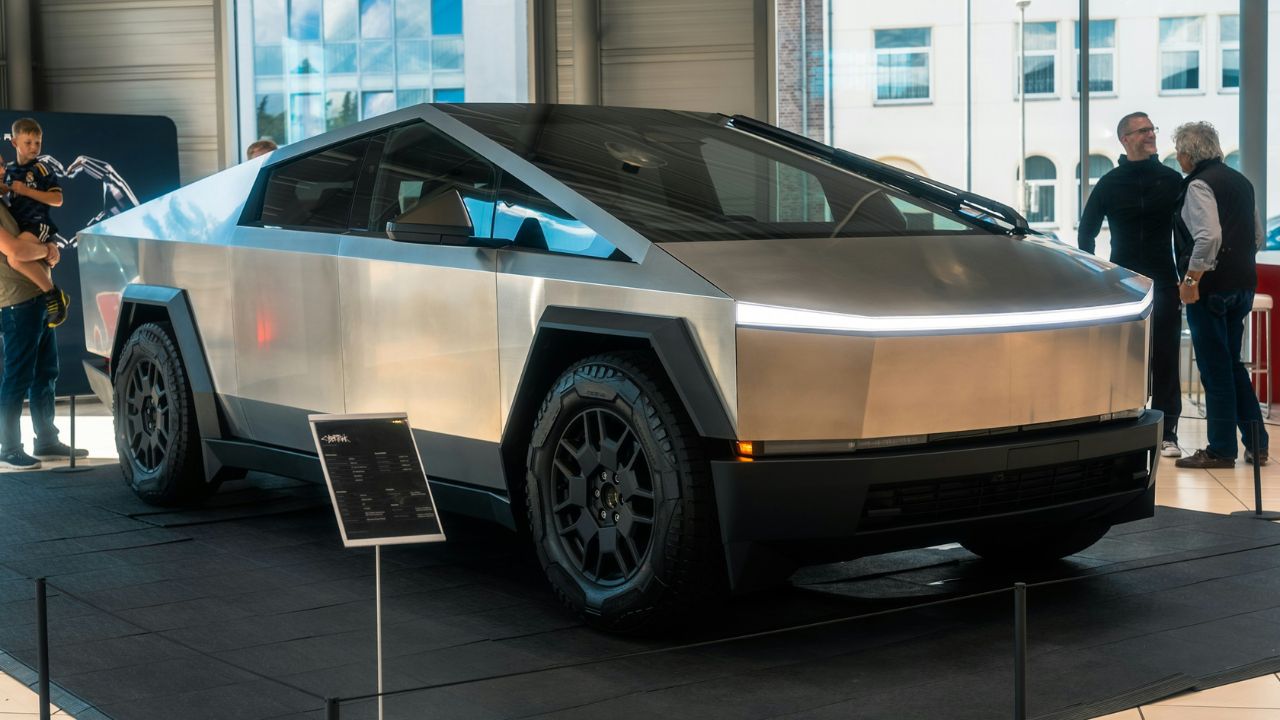
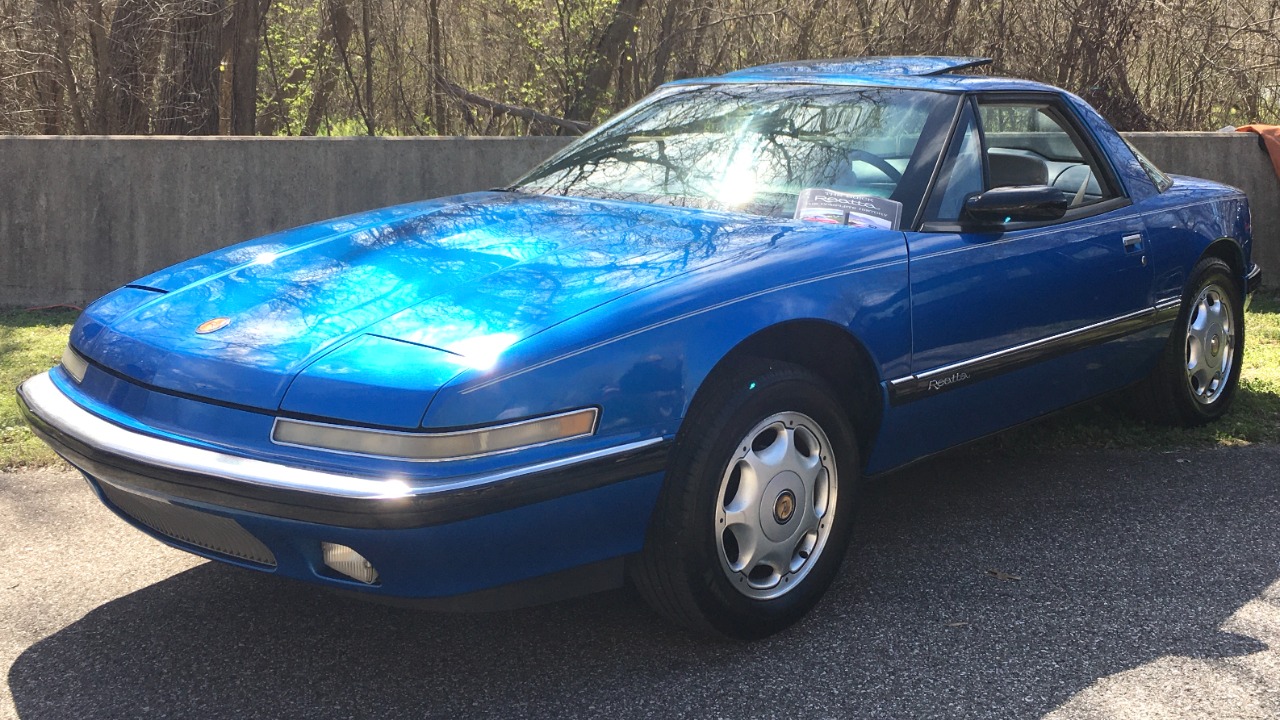
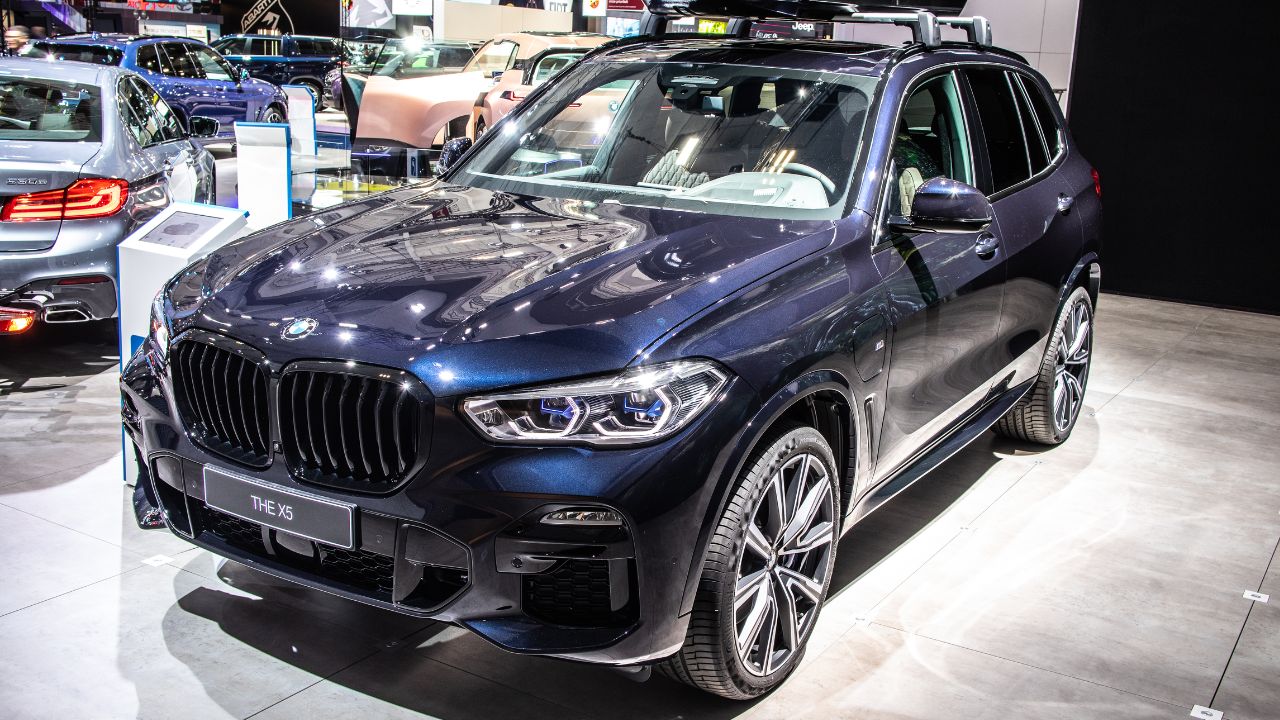
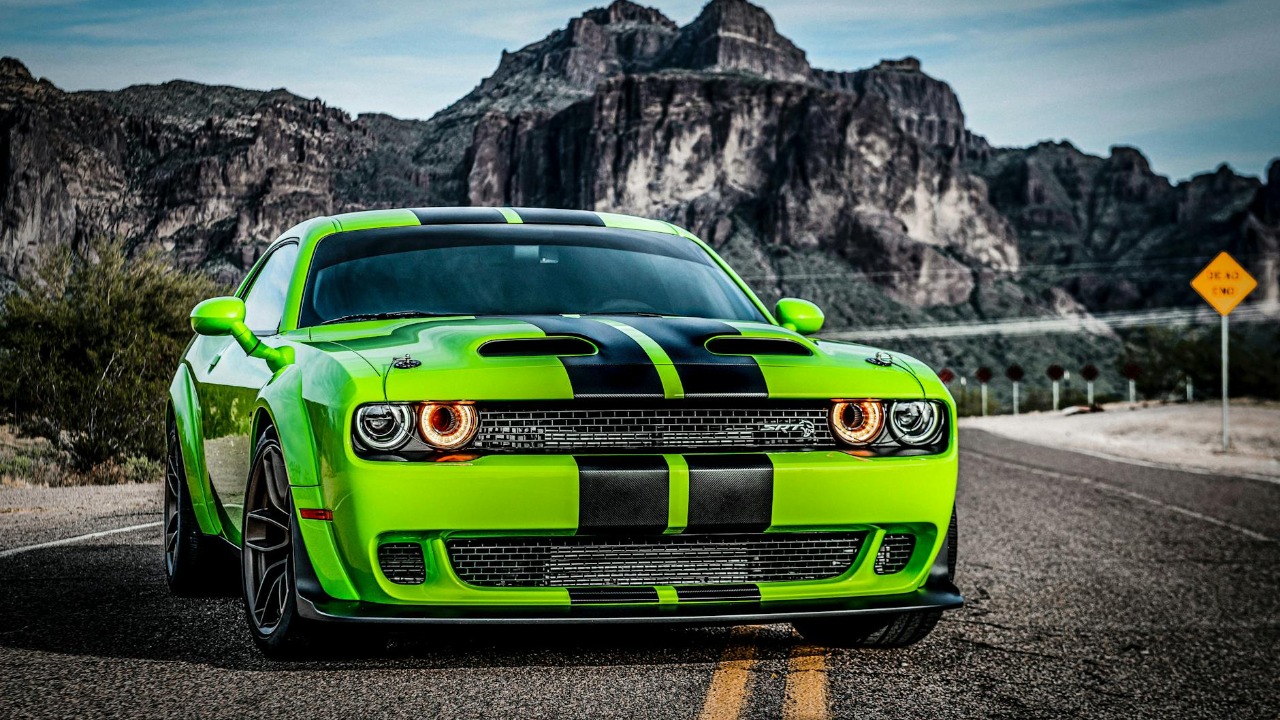
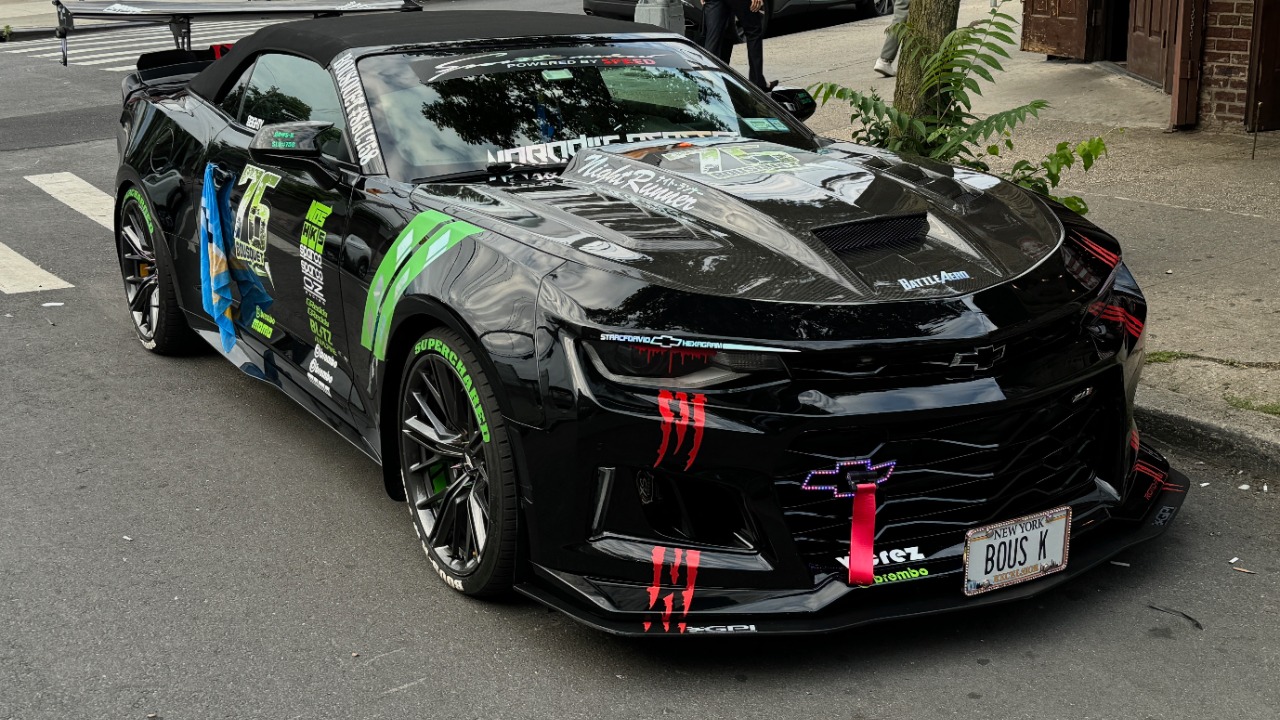
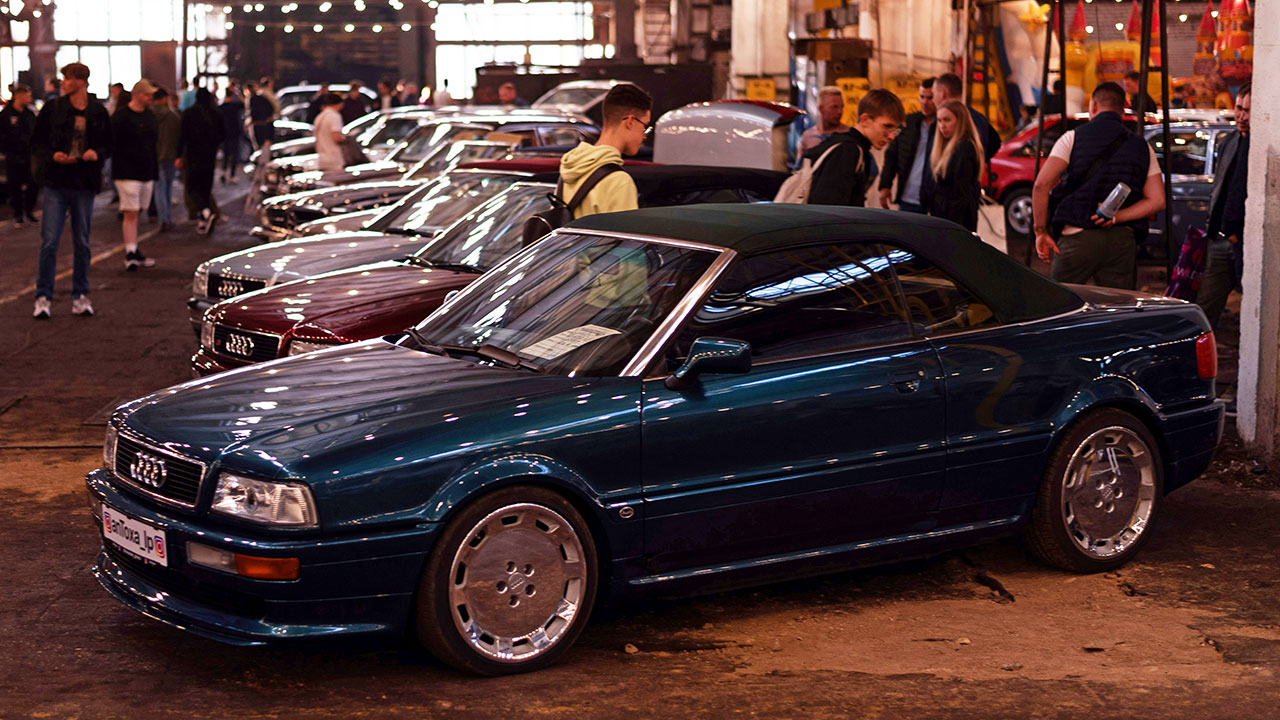
Leave a Reply